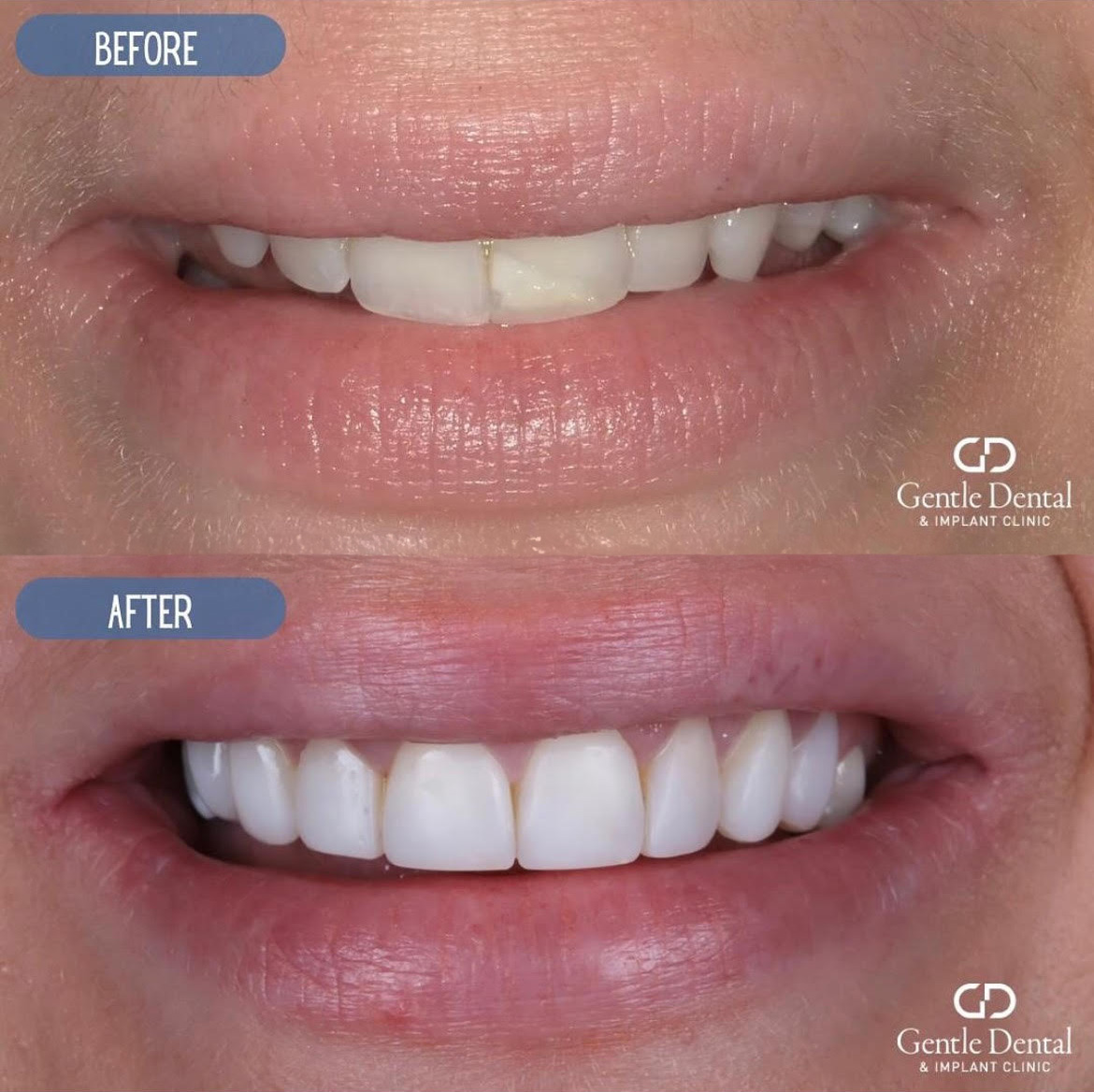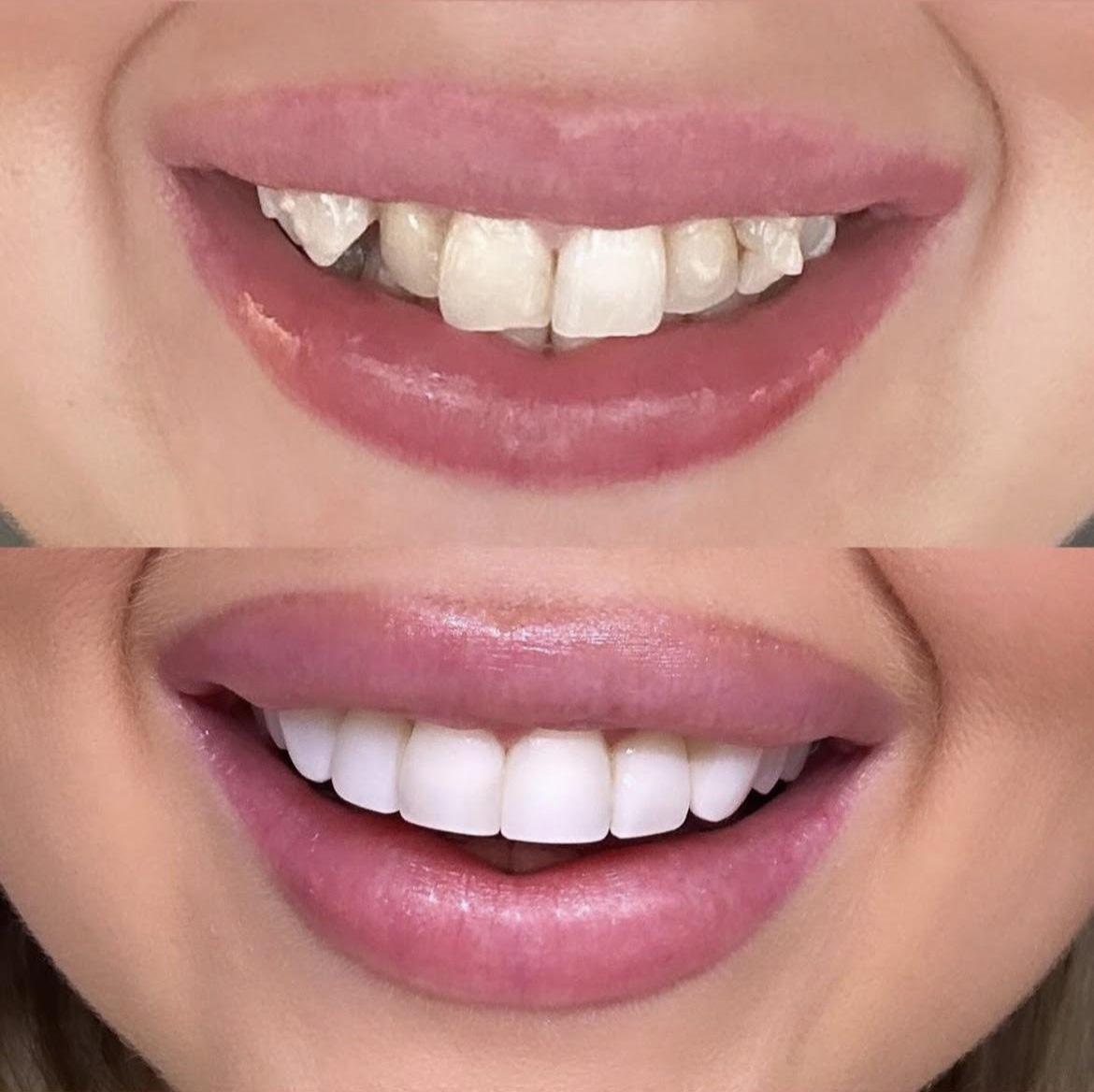
Composite bonding is one of the most versatile and effective dental treatments available today for improving the appearance of your teeth. Whether you're dealing with minor cosmetic imperfections or seeking to enhance your overall smile, composite bonding can offer a quick, affordable, and non-invasive solution.
This treatment is ideal for patients who want to correct small gaps, chipped teeth, discoloration, or other minor aesthetic issues without the need for extensive procedures. In this guide, we’ll walk you through everything you need to know about composite bonding, from the benefits and process to aftercare tips and how to decide if it’s right for you.
Composite bonding involves the application of a tooth-colored resin material that is shaped and polished to restore or improve the appearance of a tooth. The composite resin is carefully selected to match the shade of your natural teeth, making the bonding virtually undetectable.
This procedure is perfect for those looking for a subtle but significant improvement in their smile without undergoing invasive treatments like crowns or veneers. Because composite bonding is non-invasive, it preserves more of your natural tooth structure while still offering excellent cosmetic results.
It’s the perfect cosmetic solution for teeth that are otherwise healthy and strong. Best of all the entire process can be completed in just one visit.
Chipped or Cracked Teeth:
Whether you've chipped your tooth from an accident or grinding, composite bonding can easily repair the damage by restoring the original shape of your tooth.
Gaps Between Teeth:
If you're self-conscious about small gaps between your teeth, composite bonding can close the space, giving you a more even smile without the need for braces.
Discolored Teeth:
If you've tried whitening treatments but still struggle with stains or discoloration, composite bonding can cover these imperfections, restoring a whiter, more uniform color to your teeth.
Misshapen Teeth:
For those with teeth that are uneven or misshapen, composite bonding can reshape your teeth to create a more balanced and symmetrical smile.
Minor Misalignment:
Composite bonding can be used to mask minor misalignments or correct slight irregularities in your teeth without needing orthodontic treatment.
Your dentist will begin with a thorough examination of your teeth to assess your specific needs and goals. They’ll discuss any concerns you have about your smile and determine if composite bonding is the best solution for you.
In most cases, no anesthesia is required because the procedure is pain-free. Your dentist will lightly roughen the surface of the tooth and apply a bonding agent to help the composite resin adhere securely.
The composite resin, which is color-matched to your natural teeth, is then applied to the tooth. Your dentist will carefully sculpt and shape the resin to create the desired look.
Once the resin is applied, a special blue light is used to harden the material. This process, known as curing, bonds the resin securely to your tooth.
After the resin is hardened, your dentist will polish the bonded tooth to give it a smooth, natural finish. They’ll check your bite to ensure everything feels comfortable and make any final adjustments.
Composite bonding doesn’t require any special maintenance beyond good oral hygiene habits. However, there are some simple steps you can take to ensure your bonded teeth stay in great shape for years:
Brush and Floss Regularly:
Continue with your usual routine of brushing twice a day and flossing once a day to keep your teeth and gums healthy.
Avoid Staining Foods and Drinks:
While composite resin is stain-resistant, it’s still a good idea to limit consumption of coffee, tea, red wine, and tobacco, which can discolor the bonding material over time.
Be Mindful of Hard Foods:
Avoid biting into very hard objects like ice, hard candy, or using your teeth as tools to open things, as this could chip or crack the bonded area.
Regular Dental Checkups:
Visit your dentist regularly for professional cleanings and exams. They’ll check your bonded teeth to ensure they remain in excellent condition.






The process involves the removal of a small portion of your tooth’s enamel followed by the application of a bonding agent and the composite resin, which is then cured with a special light. Finally, your teeth are polished and that’s it!
With proper care, composite bonding can last anywhere from 3 to 10 years. The lifespan of the bonding will depend on factors such as your oral hygiene habits, the location of the bonding, and how well you protect your teeth from potential damage.
If the bonded area becomes chipped or worn over time, your dentist can easily repair or touch it up.
As long as you look after your teeth with a regular dental health programme there’s no reason for any further visits or upkeep. However, we do suggest that you avoid especially hard foods, including ice, so that you don’t crack the resin.
If you suffer from an overbite or underbite that makes your smile appear crooked, bonding won’t correct this and you may need more in-depth treatment.
However, if your teeth are healthy and strong and you’re simply looking for a cosmetic solution you’re probably a good candidate for bonding.